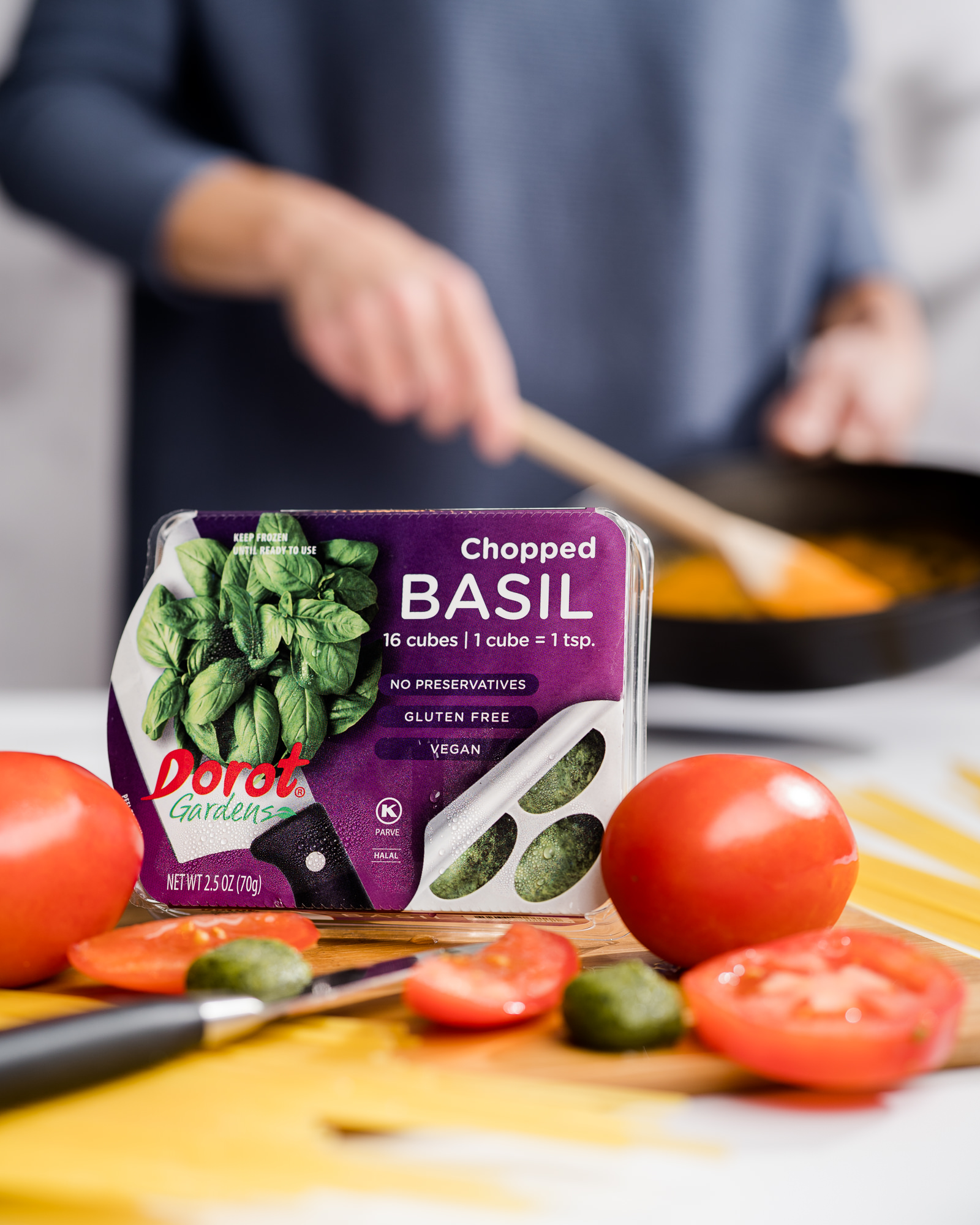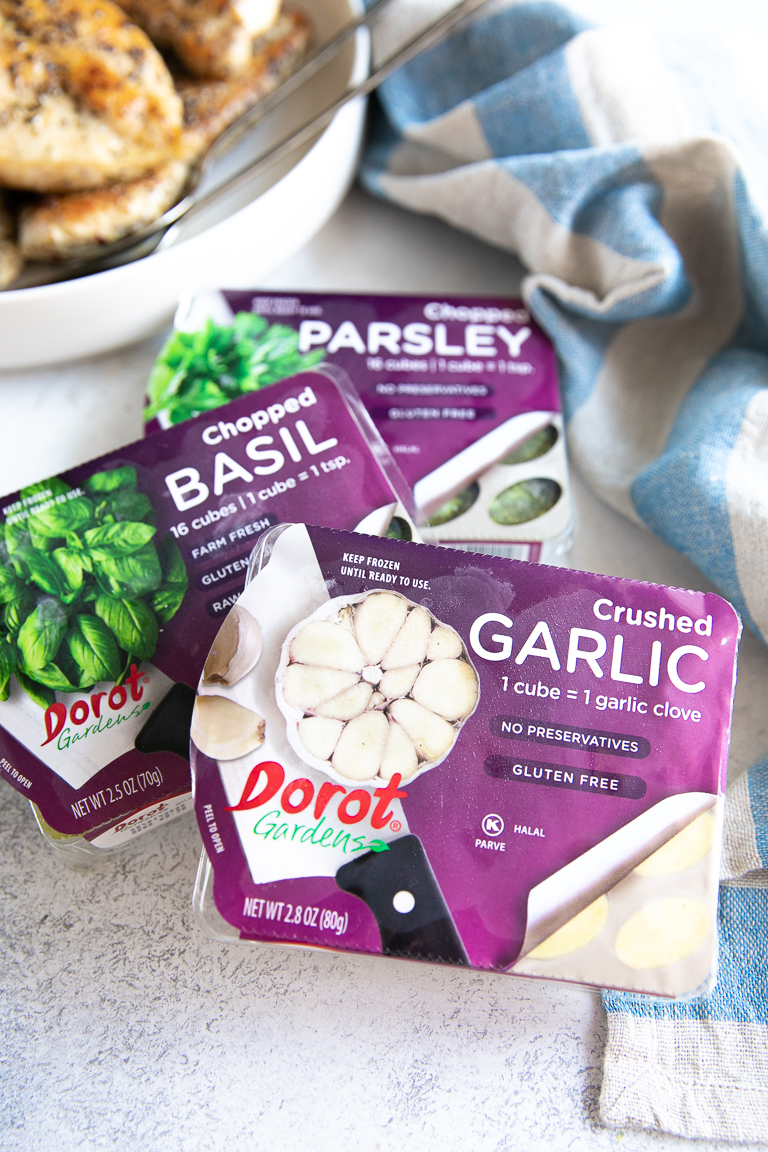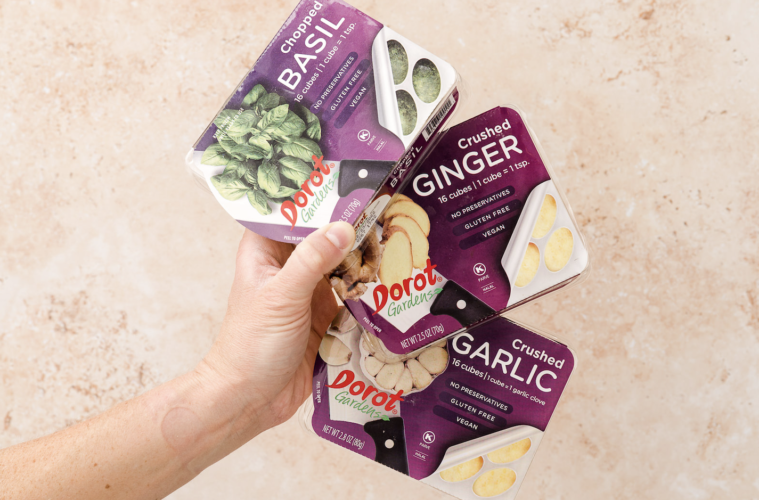
Herbs give recipes depth and intricacy. When used correctly, herbs may make the difference between a nice dinner and an outstanding feast, from brightening a fresh salad to adding earthiness and warmth to a heavy winter dish.
Fresh herbs such as mint, basil, and tarragon have long been regarded for their medicinal benefits (mint for indigestion, basil for renal issues, and tarragon for snake bites). This guide focuses on the culinary applications of fresh herbs from Dorot Gardens.
Dorot Gardens is your new sous chef and ultimate taste partner. This cutting-edge company reinvents the home cooking experience, guaranteeing that your meals are not only tasty but also exude the easy elegance that every host aims for.
Continue reading for a list of herbs widely used to make delectable recipes, as well as professional advice on selecting and cooking with fresh herbs.
Mint
Peppermint and spearmint are the two most common mint types in the United States. Because of the high concentration of menthol in peppermint, it produces a powerful, cool aftertaste. Spearmint is lighter and sweeter on the tongue. Less well-known mint varieties include ginger, apple, and curly mint, which, when used in high amounts, give the taste associated with their names. Mint is often used in Thai foods such as rolls, Middle Eastern meals such as tabbouleh, and traditional North African mint tea.
Mint is one of the few herbs that may be utilized well in both sweet and savory meals. Mint’s unique taste shows through whether coupled with chocolate to cut the rich richness or to lend a cold touch to a hot curry. Mint is often combined with lamb or chocolate; other common applications for the herb include jellies, sauces, and drinks like the Mint Julep and Mojito.
Dill
Dill generates strong reactions: some people enjoy it because it’s clean and green, while others loathe it because it’s acidic and earthy. Although this herb is often linked with Scandinavian cuisine (particularly salmon), it may also be found in other foreign meals such as tzatziki (Greek), maize (Indian), and borscht (Eastern Europe). Dill, which is often used in pickling, complements potatoes and dips with mayonnaise and sour cream.
Basil
In the United States, basil is the most frequently used herb. Italian basil is peppery with a little anise taste and sweeter than purple basil. Sweet green basil is used prominently in cuisines from Italy (basil pesto) and Southeast Asia (green chicken curry), demonstrating its adaptability.
Purple basil’s dark tint makes it an excellent garnish for meals. For optimal taste, add both of these leaves toward the end of cooking. Thai basil has a stronger anise taste and tolerates high-heat cooking nicely.
Chervil
Chervil is a delicate herb that is often disregarded in favor of parsley or tarragon. Perfectly scrambled eggs with chervil on top are a delicious way to showcase this mild, spring herb.
Chervil is an excellent addition to salad dressings, particularly when combined with parsley, tarragon, and chives to create exquisite herbs. To maintain the mild taste of chervil, add it at the end of cooking.
Parsley
While it is often used as a garnish, parsley is much more than that. Parsley has a subtle taste compared to many other herbs, yet its peppery sting improves and complements other flavors without overpowering them.
Pasta and egg dishes benefit from a dusting of chopped parsley; the herb’s clear, mild taste cuts down on heavy richness while also acting as a palette cleanser. When creating pesto, consider substituting parsley for basil for a unique flavor.
Chives
Chives, a gentler alternative to onion, may be used uncooked at the last minute in practically any savory recipe. Chives are bright green herbs with a mild onion taste and traces of garlic.
Chives compliment other light-flavored herbs like parsley and chervil and are often served with potatoes, salad, omelets, and cheese.
Rosemary
Rosemary has a powerful, pungent taste that can tolerate lengthy cooking durations, making it great for stews, soups, and big meats like pork loin or leg of lamb. It is vital to note that rosemary, with its woodsy stems and spiky leaves, should be removed from the meal before serving.
Sage
Sage is an evergreen plant with a pungent, earthy taste. It goes nicely with sausage, and chicken, and gives a unique taste to Christmas stuffing. Sage, being an evergreen plant, may be overbearing. Fresh sage used toward the end of cooking will keep the taste mild, however, dried sage or fresh sage added at the start of cooking will give the meal a more strong flavor.
Thyme
Thyme is a versatile herb that is often used in North American and Northern European cookery. It may be used for almost any meat or fish. Because of its delicate taste, thyme is often combined with other herbs to create depth.
Cooking Dorot Gardens

Consider a world where the seductive allure of fresh herbs is always available, no matter the season. With Dorot Gardens, the flavor of freshly selected herbs stays on reach all year long with no peeling, chopping, or hassle. Flavoring your food is as simple as a ‘pop’ of a tray thanks to their unique flash-frozen packets of fresh, pre-portioned herbs and garlic.
Garlic and herbs, already such as, garlic, onions, and herbs from Dorot Gardens minimize cutting and measuring, making it simple to season and flavor your cuisine. Say goodbye to decaying herbs in your fridge.
You will always have fresh frozen herbs with Dorot Gardens fresh frozen herbs – as long as you remember to purchase them in the freezer department of your local grocery store. Simply remove from the freezer, pop, and cook. Dorot Gardens is made up of fresh garlic and herbs that have been flash-frozen into cubes and preserved in your freezer.
Pre-portioned garlic, onions, and herbs from Dorot remove the need for cutting and measuring, making it simple to season and flavor your cuisine. Dorot is usually selected while fresh, flash-frozen on the spot to preserve freshness, and transported straight to your freezer. With a two-year shelf life, you may enjoy fresh garlic, onions, and herbs all year long with only a “Pop” of the tray!
Published by HOLR Magazine.


